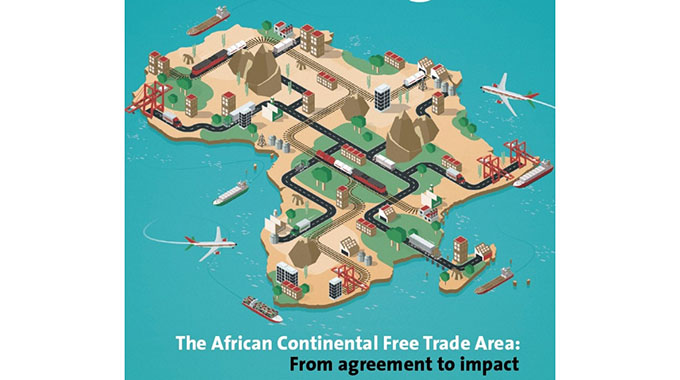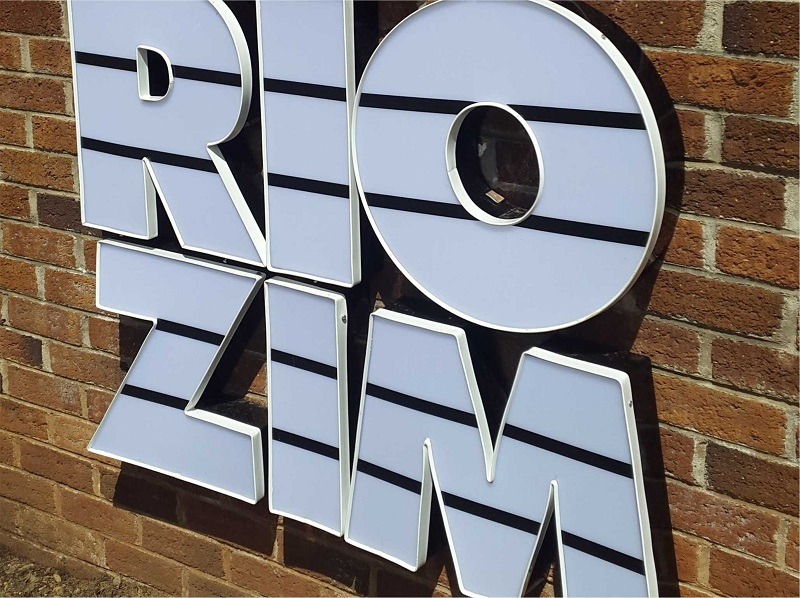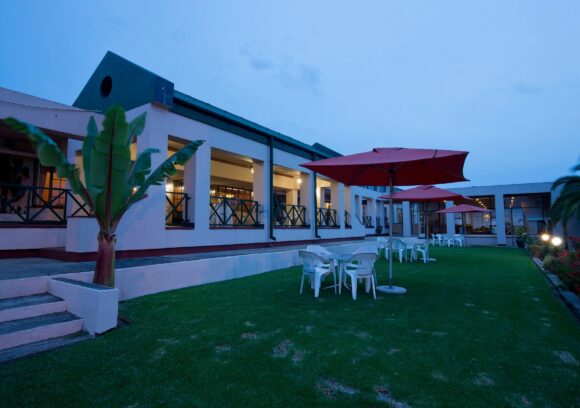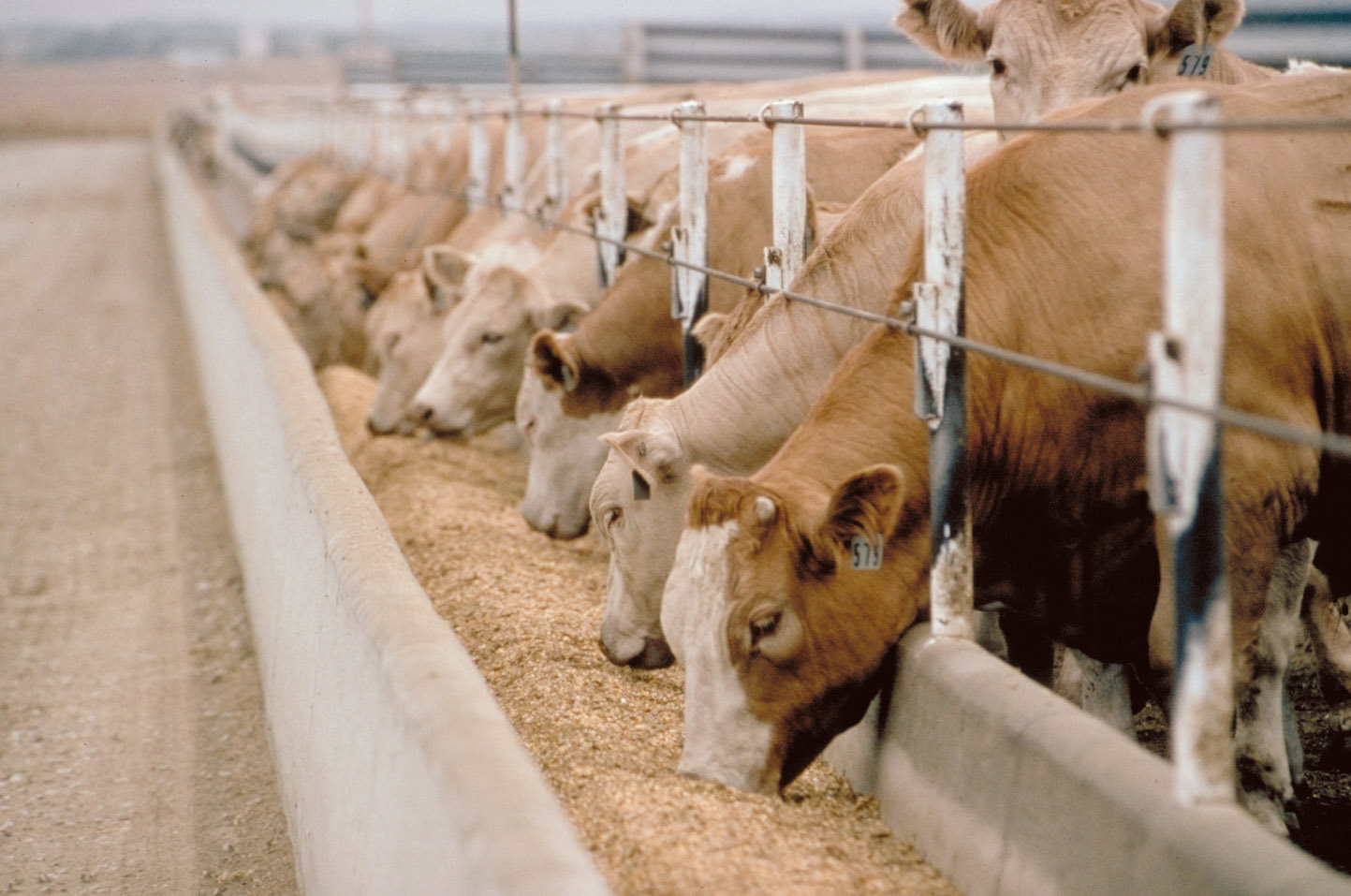Revolutionary fodder assures 100pc conception
rate for animals
A FARMER from Umzingwane District in Matabeleland South who is into Simmental
breeding is utilising 50 hectares of land to produce a variety of organic forage crops for
silage and recording an annual 100 percent conception rate for his animals.
Simmental is a breed of cattle whose history dates back to the Middle Ages. Early records
indicate that Simmental cattle were the result of a cross between large German cattle and a
smaller breed indigenous to Switzerland.
The name Simmental is derived from the name of the area where the cattle were first bred
— the Simme Valley — which is situated in the Berner Oberland in Switzerland.
Mr Obert Chinhamo, who has a herd of about 300 Simmentals, produces maize, sorghum,
katambora grass and soya beans.
For his forage crops, he uses foliar fertiliser which is organic and environmentally
friendly.
However, the size of land at Mr Chinhamo’s farm, allows him to keep a herd of 20 cattle.
His farm is located in ecological region 4 largely characterised by a low rainfall pattern
thereby limiting production.
His investment in silage production and the development of pastures has enabled him to
provide highly nutritive feed for his animals to grow his herd and maintain quality heads.
Mr Chinhamo’s silage has 12 percent crude protein content which can help an animal
retain 75 percent of its weight throughout the year, which is crucial for them to conceive.
Through artificial insemination and mating, Mr Chinhamo’s females have managed to
record a 100 percent conception rate.
A field day was conducted at Mr Chinhamo’s farm yesterday, during which various
stakeholders visited his silage processing pit and had an opportunity to witness the
production process of forage crops including harvesting and his Simmental breed.
A tractor harvests fodder for the preparation of the silage at the farm in Umzingwane District in
Matabeleland South
The field day was held in conjunction with Zambia-based company Dynapharm Enterprise,
which is a distributor of organic plus foliar fertiliser and organic pesticides.
Government has encouraged farmers to adopt modern technologies and climate smart
agricultural practices such as silage making in order to grow the national herd and
improve the quality of breeds.
Speaking during the field day, Deputy Minister of Lands, Agriculture, Fisheries, Water and
Rural Development, Cde Davis Marapira said Mr Chinhamo’s farming activities are
evidence enough of what climate-smart agriculture could do.
“I’m aware of the challenges affecting the beef sector. There is drought, high feed costs
and quality carcass issues. The cattle breeding and beef industry is an important sub sector
of agriculture, with a potential to considerably contribute to our country’s Gross Domestic
Product through exports,” he said.
“Proper fodder production on farms as we have witnessed today, value addition can help
attain best carcass quality. Having a good silage will help our animals attain the best
protein content of about 12 percent, which will help the animals to conceive.”
Cde Marapira said Mr Chinhamo’s cows have managed to conceive at a 100 percent rate
and urged farmers to adopt his silage making process.
He also urged farmers to learn from Mr Chinhamo on how they can maximise production
on a small piece of land.
Cde Marapira said farmers have to adopt similar technologies to improve their animal’s
fertility and grow the national herd which is sitting at 5 million.
The national herd’s staggered growth over the past five to 10 years was a result of deaths.
“Some of the poverty deaths are being recorded because we don’t provide good nutrition
for our animals. If we improve the health of animals then we also improve their resistance
to diseases,” said Cde Marapira.
“For most farmers, their conceiving rate is usually 30 to 40 percent. As Government we
always want to see an improvement in our animal’s health.”
Mr Chinhamo urged fellow farmers to engage in silage production, saying it is highly
rewarding. He said the forage is crucial, especially during the winter season.
Some of Mr Chinhamo’s cattle
He said he is able to maintain a good herd throughout the year even in the face of drought
because of silage-making. Mr Chinhamo also tries to manage his mortality rate to two
percent a year.
“In my farming, I use environmentally friendly products and also taking into
consideration climate change which we are experiencing. The products I use are D I Grow
products from Dynapharm,” he said.
“These products are organic which has helped to improve the quality and condition of
crops. I use foliar fertiliser where we just spray the leaves. We don’t put anything on the
ground hence the texture of the soil is not disturbed.”
Mr Chinhamo said as a livestock farmer, he also conducts hay bailing to supplement feed
for his animals.
“I don’t keep non-productive animals in the farm. If it’s a male animal it should be a
working bull or an animal that’s waiting to be sold. I mainly keep females that will keep
reproducing,” he said.
Government is accelerating plans to improve the national herd to six million in line with
the country’s agricultural growth recovery plan to meet national demand.
Presently, the national herd stands at 5,5 million and various measures have been put in
place to improve the livestock sector, including artificial insemination which involves
cross-breeding with semen from selected quality bulls, vaccination programmes, and dip
tank rehabilitation to save cattle deaths from tick-borne diseases. — The Chronicle










